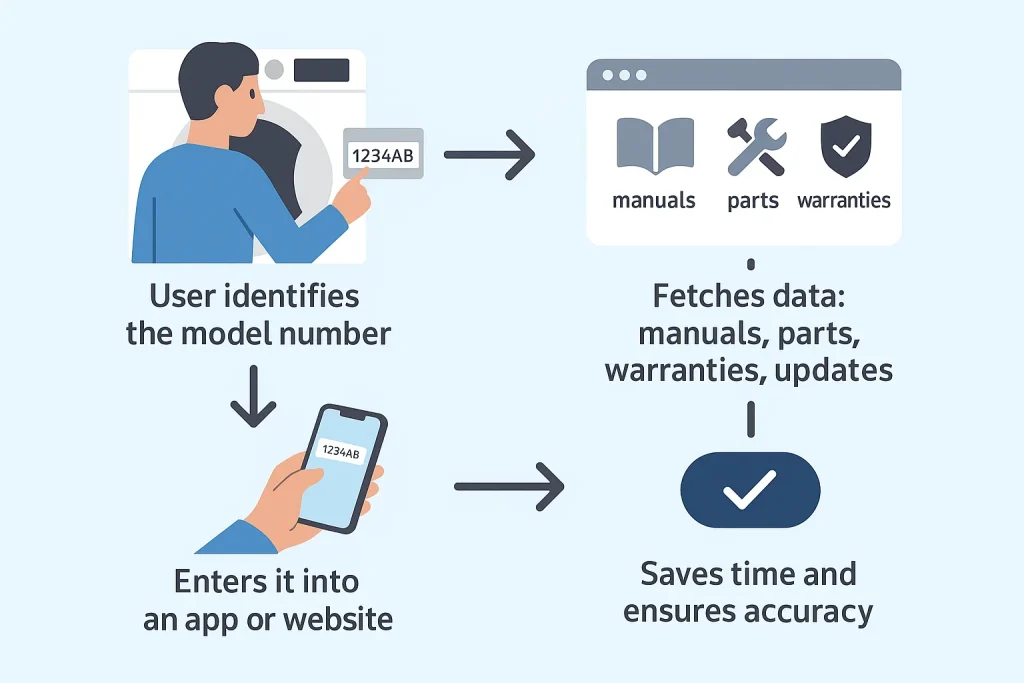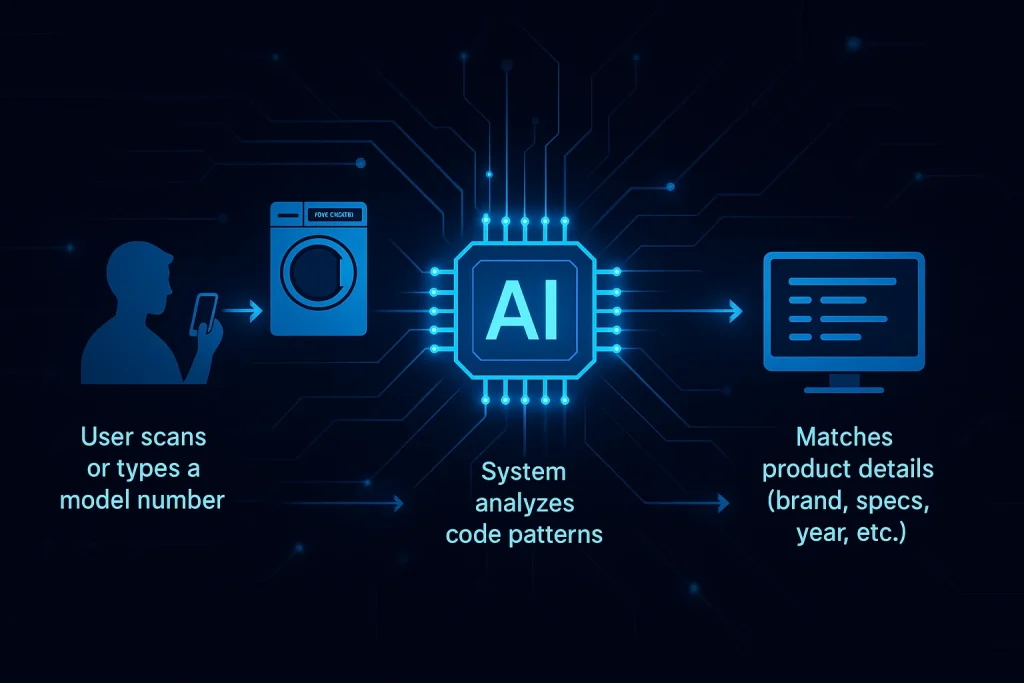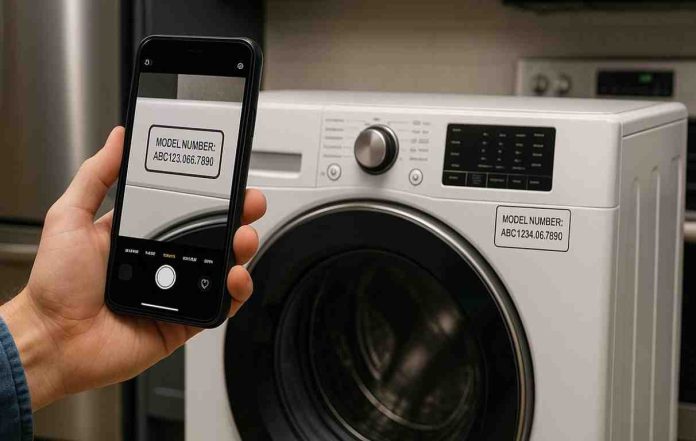In today’s connected homes, managing appliances is increasingly digital. Whether you’re ordering parts, troubleshooting via mobile apps, or scheduling service through manufacturer portals, knowing your appliance’s model number is essential. Modern tools like barcode scanners, smart home dashboards, and manufacturer lookup software make this task simpler and faster. Understanding your model number ensures compatibility, efficiency, and seamless integration across your smart home ecosystem.
Table of contents
- Why Appliance Model Numbers Matter in the Digital Age
- Common Digital and Physical Locations for Model Numbers
- Decoding Model Numbers with AI Lookup Tools
- Using Model Numbers for Software-Based Part Replacement
- When to Seek Tech-Supported Professional Assistance
- Conclusion: Turning Appliance Management into a Smart System
Why Appliance Model Numbers Matter in the Digital Age

Model numbers are the digital fingerprints of modern appliances, and model number lookup is the key process that connects them to their digital ecosystem. They enable accurate identification across online databases and software platforms, streamlining maintenance and upgrades. When entered into a manufacturer’s smart diagnostics system, these identifiers can automatically pull repair histories, warranty information, and compatible components.
Manufacturers increasingly use cloud-based management tools to link model numbers with IoT-enabled devices, allowing predictive maintenance alerts and real-time troubleshooting. This ensures smoother operations, better data tracking, and fewer repair disruptions and delays. Unplanned downtime costs industrial manufacturers approximately $50 billion annually. Equipment failure accounts for 42% of these interruptions, making predictive monitoring and cloud integration more critical than ever.
Common Digital and Physical Locations for Model Numbers
Appliance manufacturers strategically place model numbers where users can easily scan or read them. Many modern devices now feature QR codes or NFC tags that connect directly to service platforms.
Here’s where to look:
- Refrigerators: Inside the compartment, near drawers, or on the ceiling; many new models support barcode scanning via brand apps.
- Washing Machines: Inside door frames or under lids, some connect directly to innovative diagnostic tools through embedded chips.
- Dryers: Door frames or back panels; new Wi-Fi–enabled dryers sync model details with cloud dashboards.
- Dishwashers and Ovens: On door frames or inner edges, often readable by mobile maintenance apps for instant product registration.
- Microwaves: Inner frame or back panel, frequently linked to digital user manuals through model-based lookup tools.
Decoding Model Numbers with AI Lookup Tools

Each model number is a structured data string that software systems can interpret automatically. Using AI-enhanced lookup tools, you can decode details like product line, region, and version.
For example, a model number like “WHX2345US” can be processed by a manufacturer’s machine learning system to identify not only brand and production year but also potential firmware compatibility for smart appliances.
Advanced customer service platforms use OCR (Optical Character Recognition) and AI-based validation to recognize faded labels or partial entries, ensuring accurate matches even when traditional tags are worn out.
Using Model Numbers for Software-Based Part Replacement
Once located, model numbers can be entered into online parts databases or OEM mobile apps. Platforms such as Bosch’s digital service portal allow you to:
- Upload a photo of your appliance’s label (processed via OCR).
- Access schematic diagrams and part lists instantly.
- Order verified original equipment manufacturer (OEM) parts using secure online integration.
Using software-based identification systems minimizes human error, prevents incompatible part selection, and maintains warranty validity through verified component pairing.
When to Seek Tech-Supported Professional Assistance
If your appliance’s label is missing or damaged, many brands now offer virtual diagnostics using photos or IoT sensor data. Certified technicians can access manufacturer databases through model recognition algorithms, ensuring accurate repair or replacement.
Intelligent systems also detect active recalls automatically when model numbers are synced with cloud-based warranty systems, helping you act fast and avoid safety risks.
Conclusion: Turning Appliance Management into a Smart System
Locating and understanding your appliance model number has evolved from manual searching to tech-assisted precision. With AI recognition tools, smart service apps, and IoT connectivity, appliance maintenance is more streamlined than ever. By combining traditional identification with digital lookup platforms, you ensure that your home systems stay efficient, compatible, and ready for the next upgrade in connected living.











